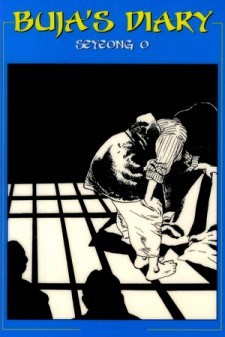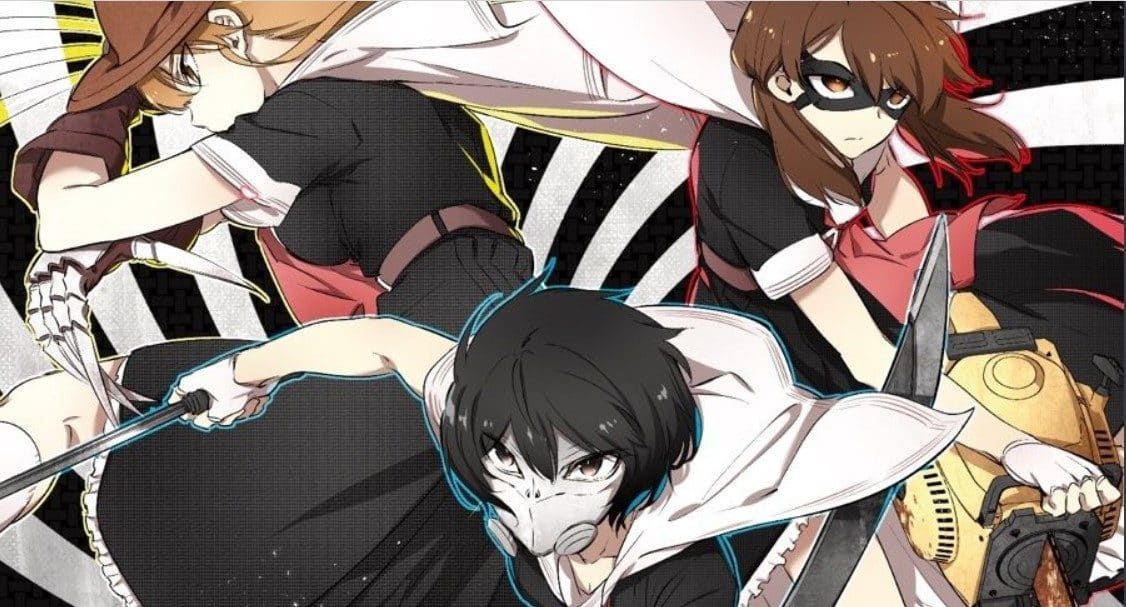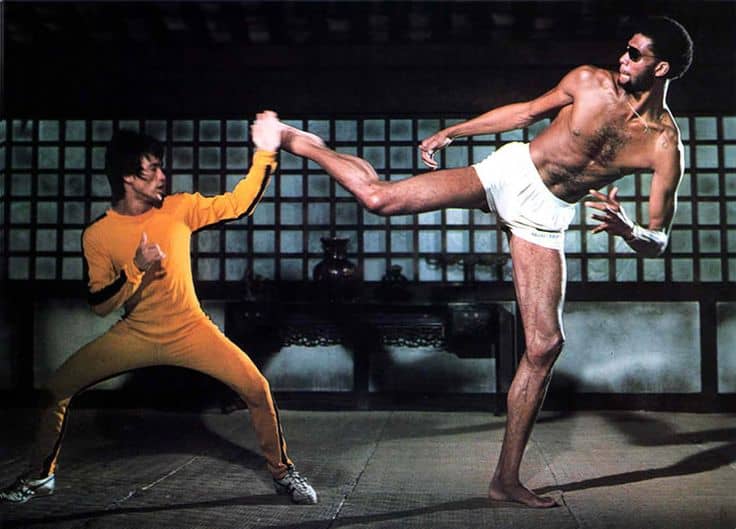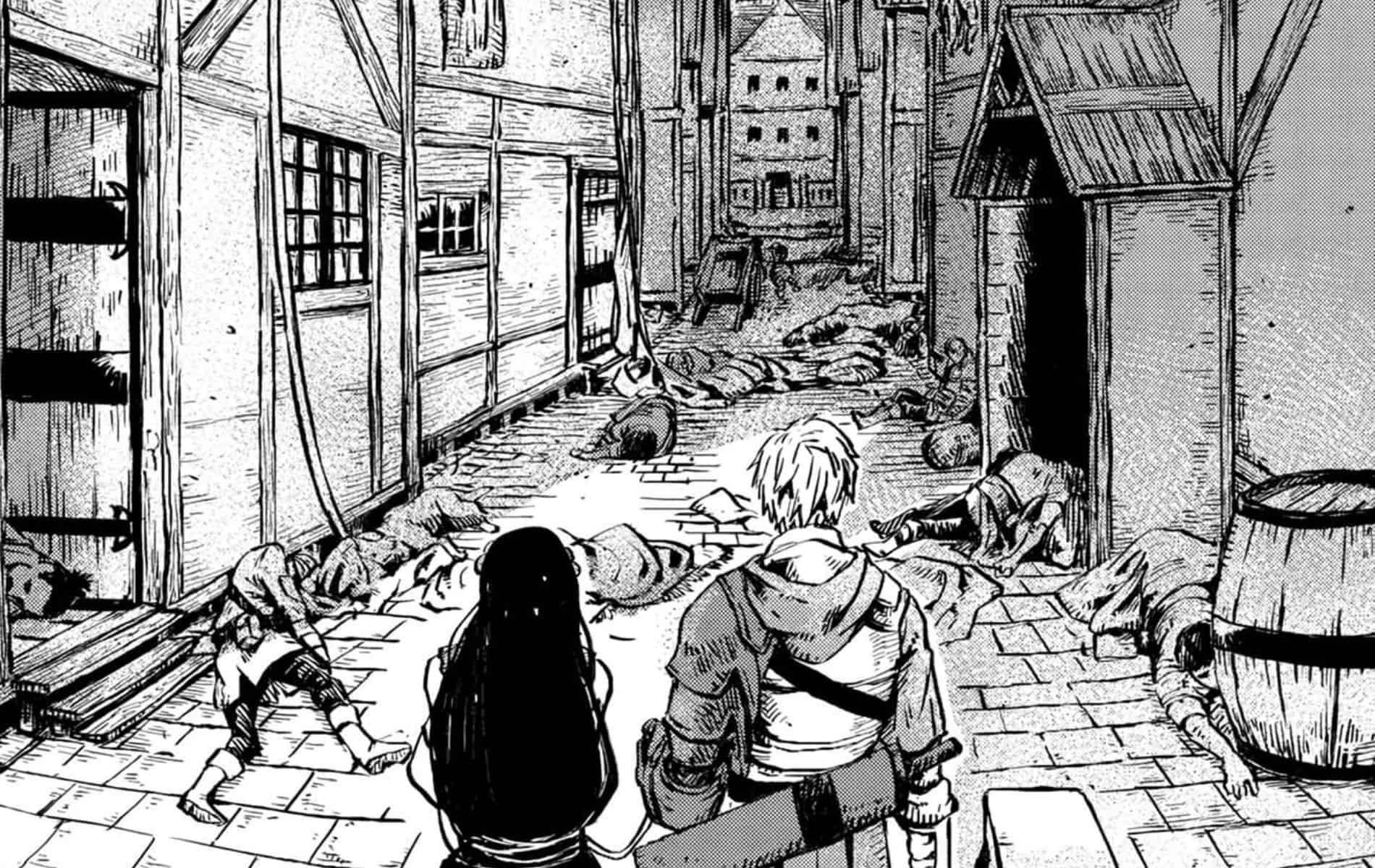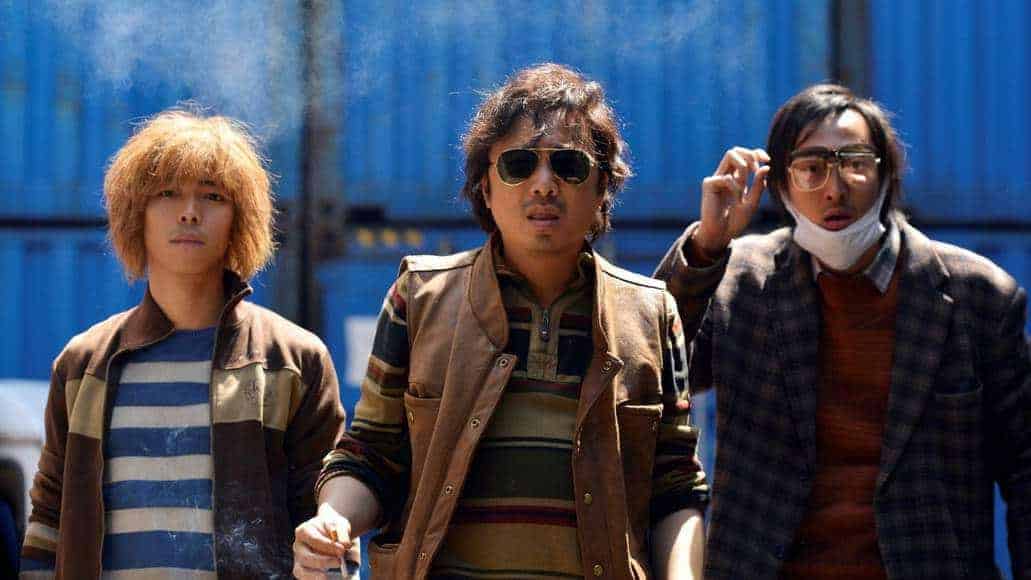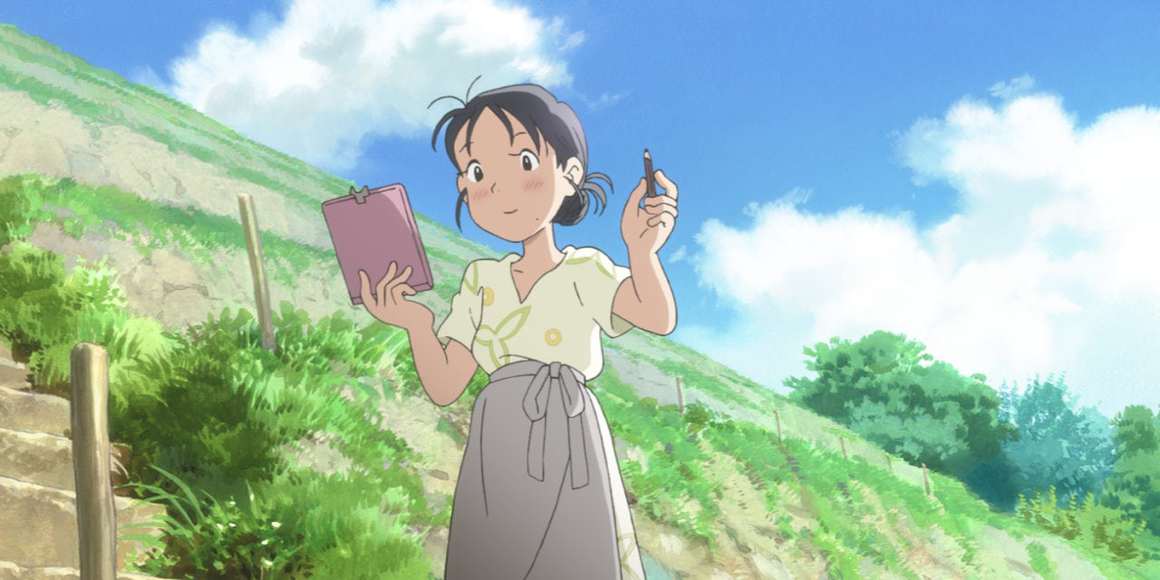From Korea, comes a collection of thirteen stories from revered artist Se-yeong O. These tales span across the artist's career, and offer an insight into different cultural and periodic struggles of the Korean people. No subject is taboo under Se-yeong O's pen, as “Buja's Diary” takes a deep and introspective look at humanity at its best and worst.
Buy This Title
Se-yeong O frames mini tragedies in a way that is a certain to evoke a strong response from the willing reader. Largely, this is accomplished through the means in which he approaches his subjects, taking the stance as being a benevolent observer of the situation, free of personal bias. Consequently, each short presents the reader with having to look into their own morality to gauge the subjects' reactions. The success lies within making the characters empathetic, without expressively dictating how the work should be interpreted. To this degree, one would think that keeping an empathetic tone would cause for some bias to draw the reader in, but the people presented embody core human elements, which also allows the region-specific stories to have a universal appeal. Examples such as poverty, lineage, family, cultural isolation, are all issues everyone can understand to a degree, but Se-yeong O tackles these base emotions and intertwines Korean history. Overall, the content doesn't just make for an engaging read, but also binds the audience and the artist together through thoughtful guidance.
On a base level, it is easy to summarize each story as a tragedy, but there is a certain degree of depth within each one that also asks for change out of these tragic moments, or at least self reflection. To this degree, the success of each story may differ for any observer, and it is hard to say objectively that one story stands among the rest. Subsequently, a few tales are void of dialogue, making for a varied narrative that makes it difficult to compare chapters. Personally, I felt deeply attached to the story “Tear Gas”. Despite not having to face political turmoil, the story captures the hopes of families carried down and how what may have been the enemy of parents can evolve into something progressive under the new generation. However, every story has the potential to reflect the readers' own observations of life with struggles, making for a broad universal appeal that is undeniably poignant and poetic, regardless of the historical or geographical setting.

With the collection spanning many years, it does show a degree of experimentation within the visual style. However, there is one consistent within the artist's work that comes to define the stories, which comes from the traditional and conservative approach to paneling. Adversely, the majority of modern comics have embraced experimentation in structure to engage and warp the narrative, making O's approach familiar by structuring a manhwa that reads more like a written novel. Given the narrative flow of each story, it appears as if Se-yeong O was heavily influenced by literature. A sentiment echoed in his own approach into the industry being more through personal reserve than apprenticeship and schooling for graphic art. Overall, the approach makes for a deeply alluring style that could easily entice readers into further exploring the manhwa genre.
In taking a traditional approach into story telling, one might be led to believe that the art itself would also follow with a conservative tone. However, as each story unravels, there is some added depth and a willingness to experiment within the artform that becomes noticeable across the work spanning many years. Notably, in the story “Escape”, which sees a man have a nightmarish vision about the decline of culture. This segment, which shows savages emerging to rule and decaying buildings, showcases the artist's ability to experiment, albeit still grounded in the humanity he so eloquently expresses. Within the varied styles, there is some consistency in style that seems to run through each story. This is best summed up in the ability to capture motion, in both emotional reactions as well as physical movement. Subsequently, the panels have an almost cinematic feel to them, with each panel giving the impression of a still frame from a film. On the whole, it is really difficult to discount the visual prowess of Se-yeong O's style in making him academically admired within the medium.

“Buja's Diary” presents some deeply tragic stories that will evoke a visceral reaction out of the most jaded audience. The way the content is handled with such eloquence and beauty really makes it a stand out in the genre of comic (not just Manwha). Furthermore, the work offers an insight into an unfamiliar culture and closes that gap through relaying humanity through a universal language. “Buja's Diary” is one of the most deeply engaging and emotional work I have read in quite some time. Truly, it is an experience I won't soon forget and I implore other comic book and literary fans to give this edition a shot to see if it resonates with them as deeply as it did myself.



